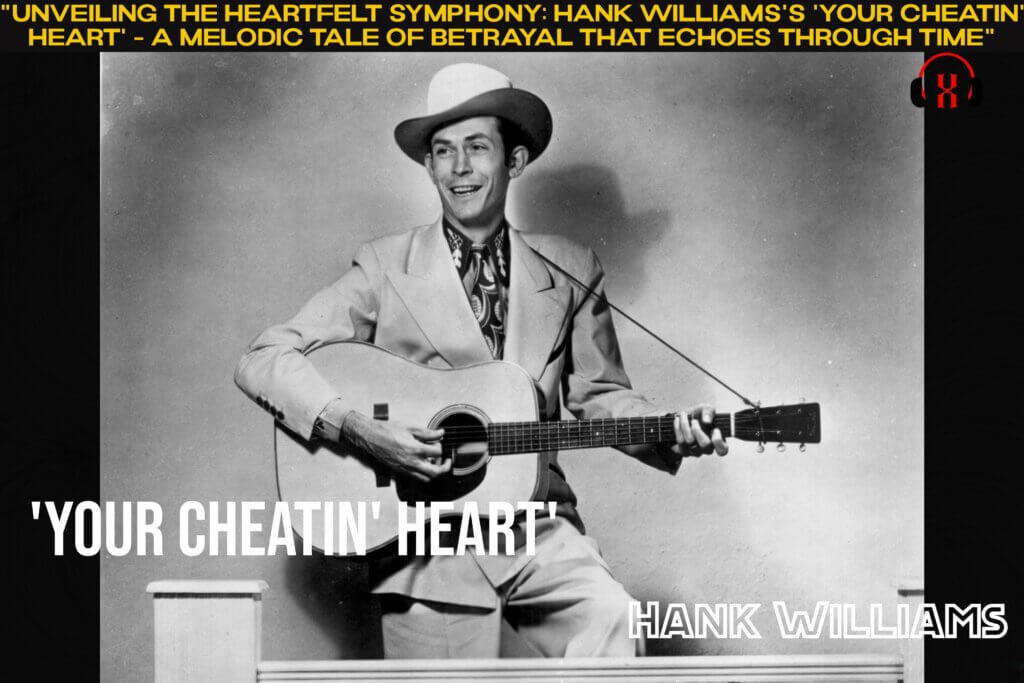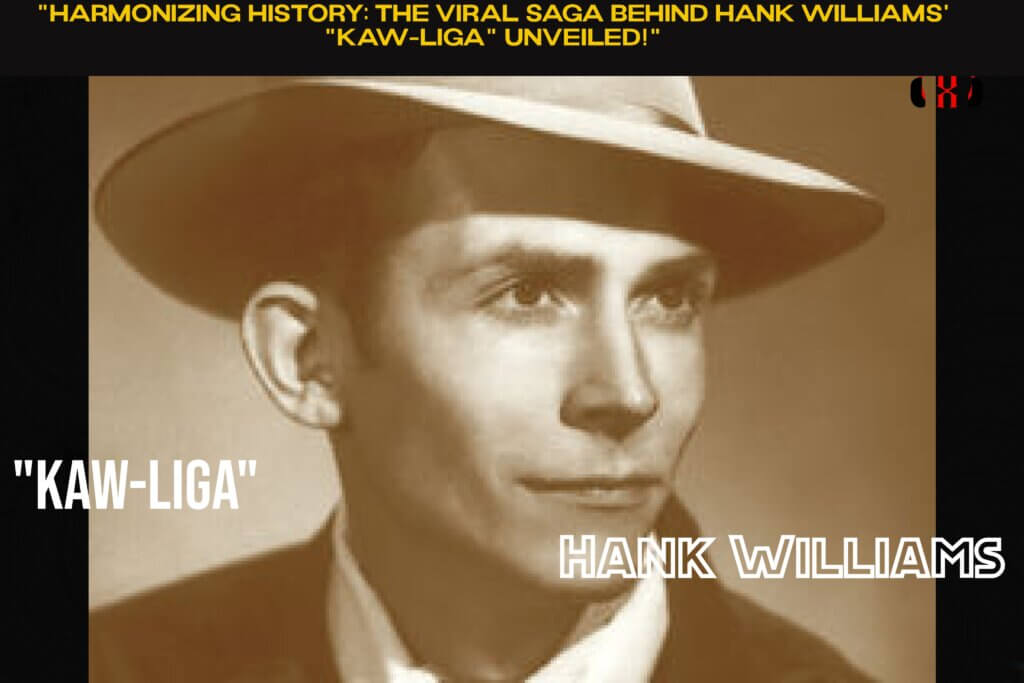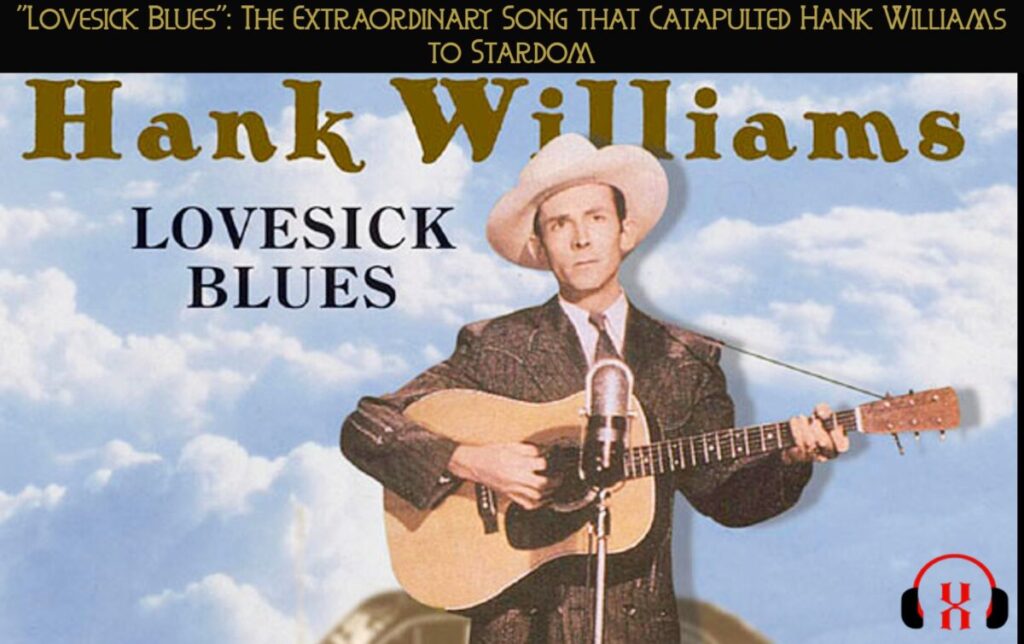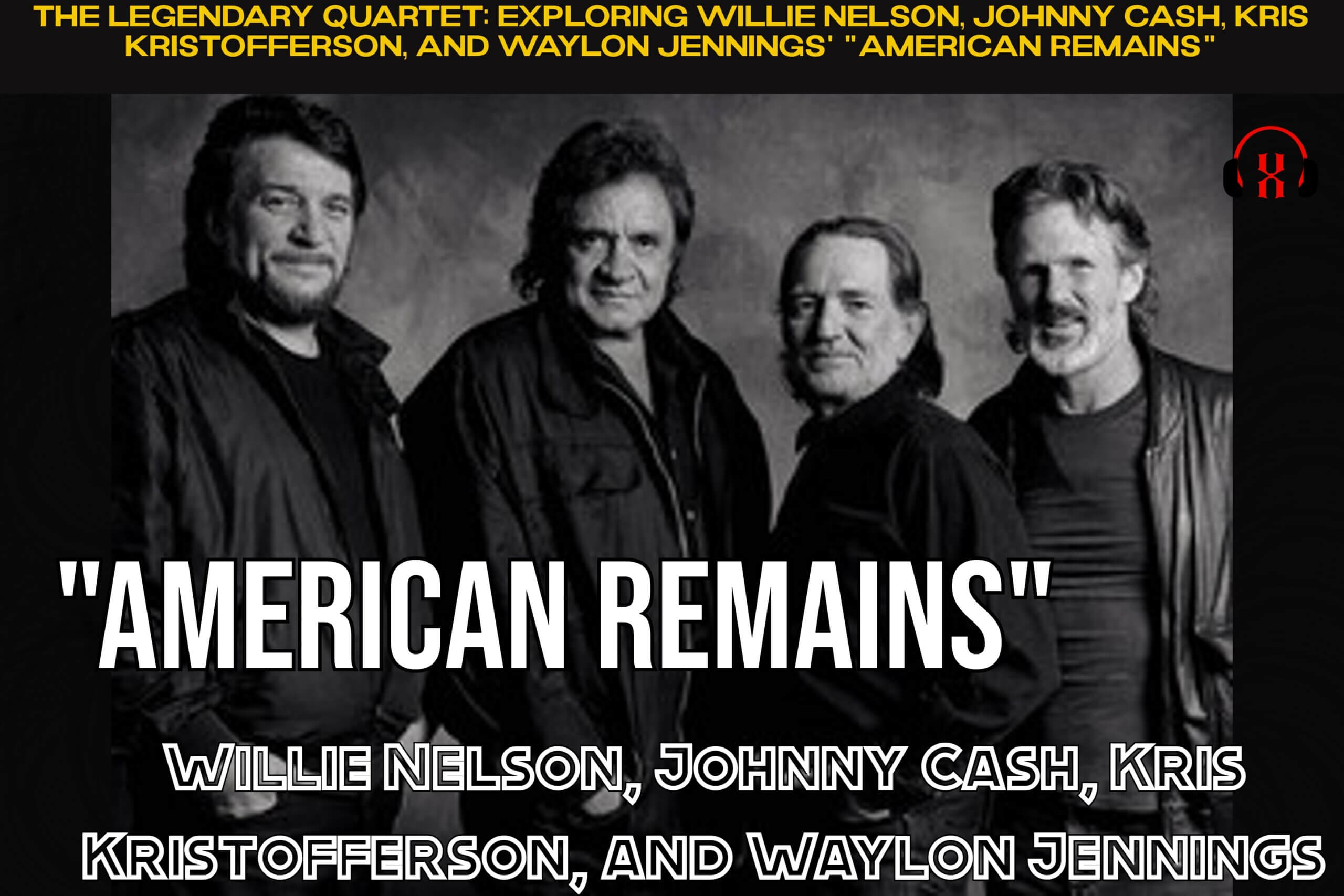![]()
This headline aims to capture the intrigue surrounding Hank Williams‘ death while highlighting the enduring mysteries in Oak Hill. The article could delve into the details of the conflicting accounts, the unexplained elements, and the town’s ongoing struggle to reconcile with its connection to the legendary country music artist. By framing the article as an exploration of a captivating mystery, it may attract readers interested in true stories with a hint of intrigue and cultural history.
On the fateful morning of January 1, 1953, Oak Hill, West Virginia bore witness to a tragic event that would forever alter the landscape of country music—the untimely death of Hiram “Hank” Williams. New Year’s Day dawned cold and gray, setting the stage for a series of events that would become ingrained in Oak Hill’s history, sparking debates, tales, and reflections for over seven decades.
Hank Williams, known as the “Hillbilly Shakespeare,” had left an indelible mark on the country music scene. Born in 1923 in Alabama, he rose to prominence with hits like “Lovesick Blues,” “Hey Good Lookin’,” and “Your Cheatin’ Heart.” Despite his musical success, Williams faced personal struggles, including battles with alcohol that eventually led to his dismissal from the Grand Ole Opry.
West Virginia held a special place for Williams, where his recordings and broadcasts garnered a devoted audience. Oak Hill, however, had mixed sentiments about the artist. Some residents embraced his legacy, erecting monuments and advocating for a local museum, while others sought to distance themselves from the troubled musician’s final moments.
The events leading to Williams’ demise were marred with delays and challenges. Scheduled for four shows in two days, he embarked on a journey from Montgomery, Alabama, accompanied by 17-year-old Charles Carr. Inclement weather, missed flights, and continuous setbacks plagued their trip to Charleston and later Canton, Ohio.
The journey took a tragic turn when, on January 1, 1953, Williams’ Cadillac pulled into the Skyline Drive-In near Oak Hill. Charles Carr discovered the lifeless body of the 29-year-old artist in the backseat, marking the end of Hank’s tumultuous journey. Questions surrounding the circumstances, the unexplained welt on Williams’ head, and conflicting reports added layers of mystery to the narrative.
Local figures, including funeral home owner Joe Tyree, Deputy Sheriff Howard Janney, and automobile dealer Ike Brown, played pivotal roles in the aftermath. A coroner’s inquest and an autopsy attempted to unravel the circumstances, but discrepancies persisted. The official cause of death was attributed to “heart failure aggravated by acute alcoholism,” but anomalies, such as a recent groin injury, hinted at a possible altercation.
The days following Williams’ death were filled with intrigue. Missing possessions, including a cowboy hat and a pearl-handled .45, fueled rumors and speculations. Oak Hill, despite being a focal point for fans and journalists, struggled to reconcile with the legacy of a musician known for his hard-living lifestyle.
The story continued with the arrival of Hank’s mother, Lillian Stone, who took charge of the arrangements. Joe Tyree and his assistant drove Williams’ body to Montgomery, Alabama, while Mrs. Stone and others returned in the Cadillac. The journey became a poignant realization of Hank’s fame as his songs played on the radio at every stop.
Despite the enduring fascination with Hank Williams’ death, Oak Hill remained hesitant to embrace it officially. Jack Pennington, a devoted fan, took matters into his own hands, unveiling a memorial plaque in 1991. A tribute concert in 1993 and the prospect of a museum faced challenges, revealing the town’s struggle to capitalize on Hank Williams’ connection for economic development.
As time passed, the once-thriving interest in the circumstances surrounding Hank’s demise faded into a distant memory in Oak Hill, West Virginia. The legacy of the Hillbilly Shakespeare endures, leaving a complex tapestry of tales, debates, and reflections in the town where he took his final bow.








